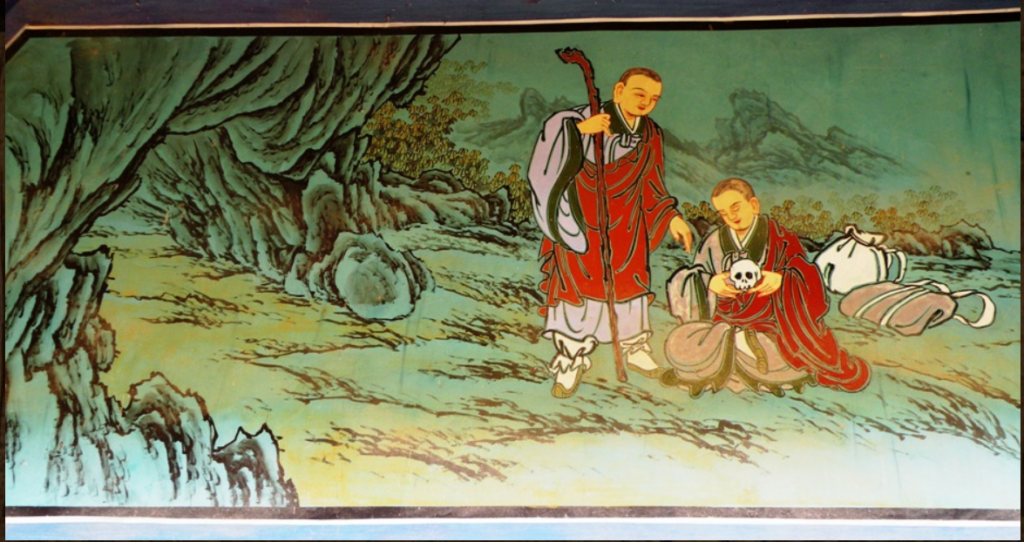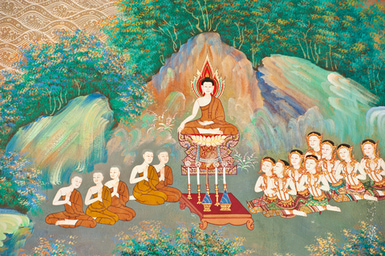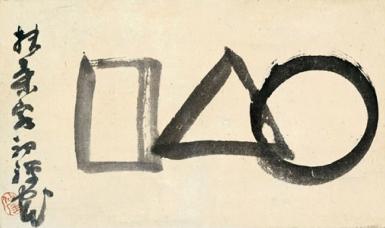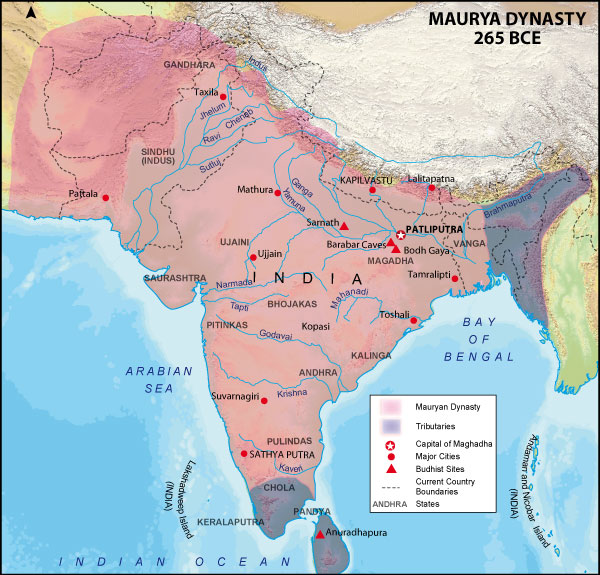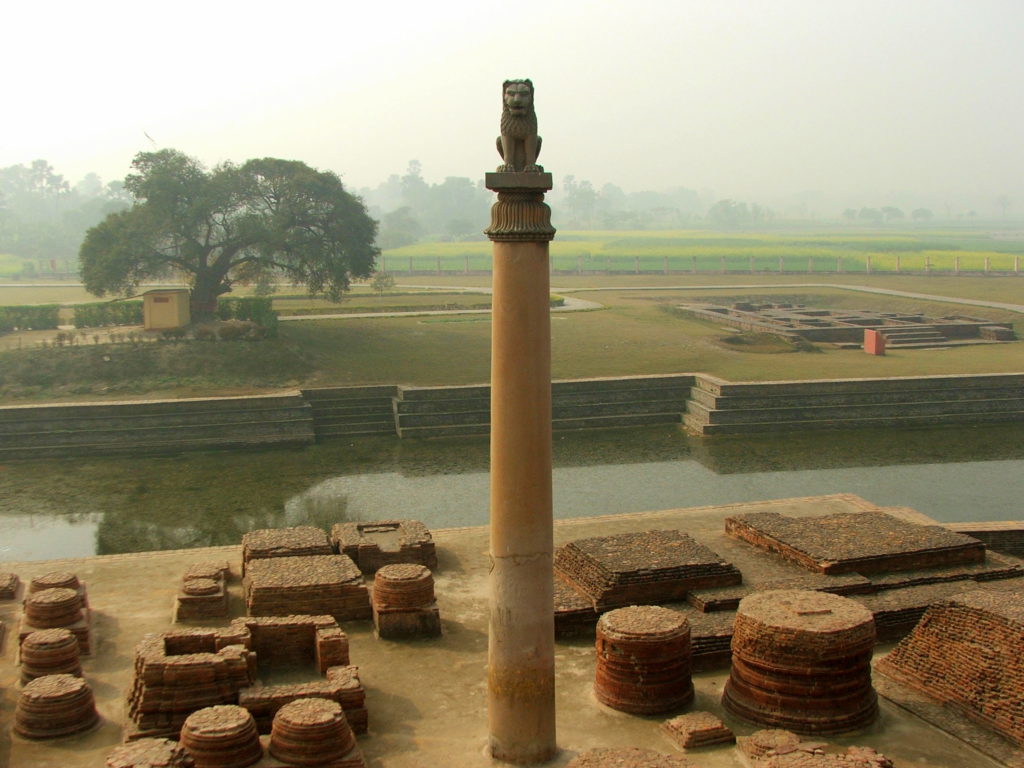
The Panchen Lama is the second-highest lama in Tibetan Buddhism, second only to the Dalai Lama. Like the Dalai Lama, the Panchen Lama is of the Gelug school of Tibetan Buddhism. And like the Dalai Lama, the Panchen Lama has been tragically impacted by China’s subjugation of Tibet.The current Panchen Lama, His Holiness Gedhun Choekyi Nyima, is missing and possibly dead. In his place Beijing has enthroned a pretender, Gyaltsen Norbu, who serves as a conduit for Chinese propaganda about Tibet.
History of the Panchen Lama
The 1st Panchen Lama, Khedrup Gelek Pelzang (1385-1438), was a disciple of Tsongkhapa, the monk whose teachings formed the foundation of the Gelug school. Khedrup was one of the founders of Gelugpa, especially credited with promoting and defending Tsongkhapa’s work.After Khedrup’s death a Tibetan boy named Sonam Choklang (1438-1505) was recognized as his tulku, or rebirth. A lineage of reborn lamas was established. However, these first Panchen Lamas did not hold the title during their lifetimes.The title “Panchen Lama,” meaning “great scholar,” was given by the 5th Dalai Lama to the fourth lama in Kherup’s lineage. This lama, Lobsang Chokyi Gyalsten (1570-1662), is remembered as the 4th Panchen Lama, although he was the first lama to hold the title in his life.As well as being a spiritual descendent of Khedrup, the Panchen Lama also is considered to be an emanation of Amitabha Buddha
. Along with his role as a teacher of the dharma, the Panchen Lamas usually are responsible for the recognition of rebirths of Dalai Lamas (and vice versa).Since the time of Lobsang Chokyi Gyalsten, the Panchen Lamas have been involved in Tibet’s government and relations with powers outside Tibet. In the 18th and 19th centuries in particular the Panchen Lamas often had more real authority in Tibet than the Dalai Lama, especially through a series of Dalai Lamas who died too young to have had much influence.The two high lamas have not always been congenial co-rulers. A serious misunderstanding between the 9th Panchen Lama and 13th Dalai Lama caused the Panchen Lama to leave Tibet for China in 1923. It became clear that the 9th Panchen Lama was a closer ally to Beijing than to Lhasa and did not agree with the Dalai Lama’s opinion that Tibet was independent from China.
The 10th Panchen Lama
The 9th Panchen Lama died in 1937. His Holiness the 10th Panchen Lama, Lobsang Trinley Lhundrub Chokyi Gyaltsen (1938-1989), was embroiled in Chinese-Tibetan politics from the beginning of his tragic life. He was one of two candidates to be recognized as the reborn Panchen Lama, and not the one preferred by Lhasa.
His Holiness the 13th Dalai Lama had died in 1933 and his tulku, His Holiness the 14th Dalai Lama, was still a toddler. Lobsang Gyaltsen was the choice preferred by Beijing, which took advantage of the disorganized state of the government in Lhasa to enthrone its favorite.
In 1949 Mao Zedong became the uncontested leader of China, and in 1950 he ordered the invasion of Tibet. From the beginning the Panchen Lama — a boy of 12 at the time of the invasion — supported China’s claim to Tibet. Soon he was given important roles in the Chinese Communist Party. When the Dalai Lama and other high lamas fled Tibet in 1959, the Panchen Lama remained in Tibet.
But His Holiness apparently did not appreciate his role as a puppet. In 1962 he presented to the government a petition detailing the brutal suppression of the Tibetan people during the invasion. For his trouble, the 24-year-old lama was dismissed from his government positions, publicly humiliated, and imprisoned. He was released to house arrest in Beijing in 1977.
The Panchen Lama relinquished his role as a monk (although he was still the Panchen Lama), and in 1979 he married a Han Chinese woman named Li Jie. In 1983 the couple ha a daughter named Yabshi Pan Rinzinwangmo.
By 1982 Beijing considered Lobsang Gyaltsen to be rehabilitated and restored him to some positions of authority. At one point he was vice chairman of the National People’s Congress.
However, in 1989 Lobsang Gyaltsen returned to Tibet, and during his visit he gave a speech mildly critical of China. Five days later he died, officially of a heart attack. He was 51 years old.
The 11th Panchen Lama
On May 14, 1995, the Dalai Lama identified a six-year-old boy named Gedhun Choekyi Nyima as the 11th reincarnation of the Panchen Lama. Two days later the boy and his family were taken into Chinese custody. They have not been seen or heard from since. Beijing named another boy, Gyaltsen Norbu — the son of a Tibetan Communist Party official — as the 11th Panchen Lama and had him enthroned in November 1995.
Raised in China, Gyaltsen Norbu for the most part was kept out of public view until 2009. Then China began to push the teenager onto the world stage, marketing him as the true public face of Tibetan Buddhism (as opposed to the Dalai Lama). Norbu’s primary function is to issue statements praising the government of China for its wise leadership of Tibet.
By many accounts the Chinese people accept this fiction; Tibetans do not.
Choosing the Next Dalai Lama
It is a certainty that when the 14th Dalai Lama dies, Gyaltsen Norbu will be trotted out to lead an elaborate charade of choosing the next Dalai Lama. This is no doubt the role he has been groomed for since his enthronement. Exactly what Beijing expects to gain from this is hard to say, since there is no question a Beijing-chosen Dalai Lama will be unacceptable to Tibetans in and out of China.
The future of the lineage of Panchen Lamas is the larger mystery. Until it can be determined if Gedhun Choekyi Nyima is living or dead, he remains the 11th Panchen Lama recognized by Tibetan Buddhism.
